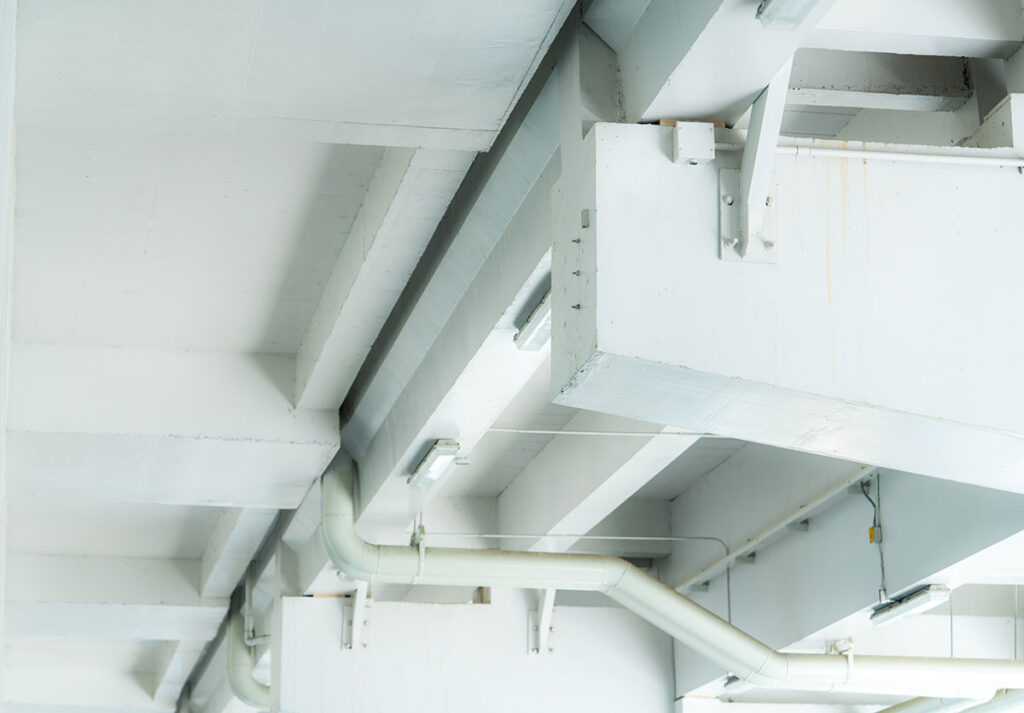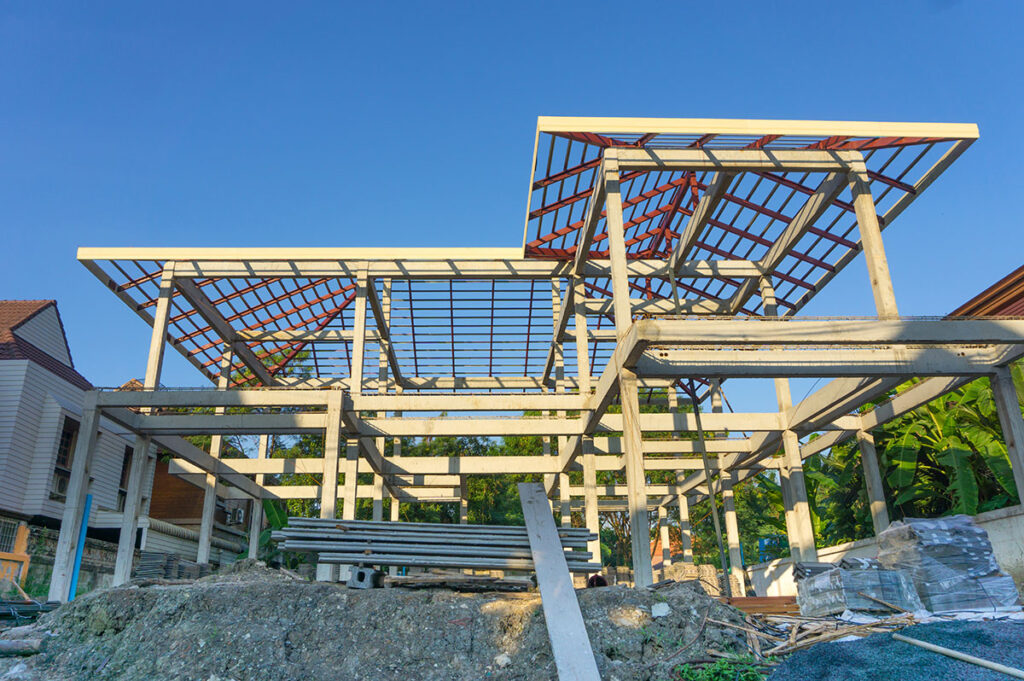Load Bearing Beams
The Importance of Load Bearing Beams in Modern Construction
When it comes to modern construction, load bearing beams play a pivotal role in ensuring the structural integrity and safety of buildings. These beams distribute the weight of a structure evenly, preventing excessive stress on specific areas and ensuring long-term stability. Whether you’re planning a residential, commercial, or industrial project, understanding the importance and types of load bearing beams can help you make informed decisions. In this article, we will delve into their significance, types, and applications, while also highlighting why professional guidance is crucial.
What Are Load Bearing Beams?
A load bearing beam is a structural element that supports and transfers weight from the upper parts of a building, such as floors or roofs, to the foundation. These beams prevent walls and other components from bearing excessive loads, reducing the risk of collapse or damage.
In construction, load bearing beams are vital for creating open spaces without compromising safety. Their ability to carry vertical and horizontal loads makes them indispensable in various architectural designs.

Types of Load Bearing Beams
There are several types of load bearing beams, each designed for specific applications. Here are the most common ones:
- Steel Beams Steel beams are widely used in modern construction due to their durability and strength. They are ideal for supporting heavy loads and are commonly found in skyscrapers, bridges, and industrial buildings.
- Wood Beams Traditional and versatile, wood beams are often used in residential projects. They offer a natural aesthetic but may require additional treatment to prevent issues like rot or termites.
- Concrete Beams Known for their strength and fire resistance, concrete beams are often reinforced with steel to handle substantial loads. They are frequently used in commercial and multi-story residential buildings.
- Flitch Beams A combination of wood and steel, flitch beams provide enhanced strength and flexibility. They are particularly useful in renovations and custom projects.
- Laminated Veneer Lumber (LVL) Beams Engineered for consistency and strength, LVL beams are made from thin wood veneers glued together. They are lightweight and can support significant loads, making them popular in modern residential construction.
Applications of Load Bearing Beams
Load bearing beams are integral to many construction scenarios, including:
- Open-Plan Designs: In homes and offices, they allow for open spaces without compromising structural integrity.
- Bridges: Supporting vehicles and pedestrians, beams are the backbone of bridge construction.
- High-Rises: Skyscrapers rely heavily on steel and concrete beams for their towering structures.
- Renovations: Load bearing beams are essential when removing walls or altering layouts in existing buildings.

Why Professional Consultation Matters
Installing or modifying load bearing beams requires expertise. Incorrect installation can lead to structural failures, posing safety risks and increasing repair costs. Hiring experienced engineers and contractors ensures compliance with building codes and optimal performance.
Moreover, professional consultation helps in selecting the right type of beam based on factors such as load requirements, budget, and design preferences. For example, using steel beams for a small residential project might be overkill, while wooden beams could suffice and be more cost-effective.
Benefits of Load Bearing Beams
- Structural Stability: They distribute weight evenly, preventing undue stress on walls and foundations.
- Versatility: Suitable for various projects, from homes to large-scale commercial buildings.
- Aesthetic Potential: Exposed beams can add a rustic or industrial charm to interiors.
- Longevity: With proper installation and maintenance, load bearing beams can last decades.
Maintaining Load Bearing Beams
Regular inspection and maintenance of load bearing beams are essential for ensuring their longevity and performance. Look for signs of damage, such as cracks, rust, or warping, and address issues promptly. Professional assessments can identify potential problems before they escalate.
Conclusion
Understanding the role of load bearing beams in construction is crucial for achieving safe and durable structures. From their diverse types to their essential applications, these beams are the unsung heroes of modern architecture. By consulting with experts and choosing the right materials, you can ensure the success of your construction project.
For more information or professional consultation, contact our team of construction and real estate experts today. Let us help you build with confidence.
